GOTO presentations at SPIE
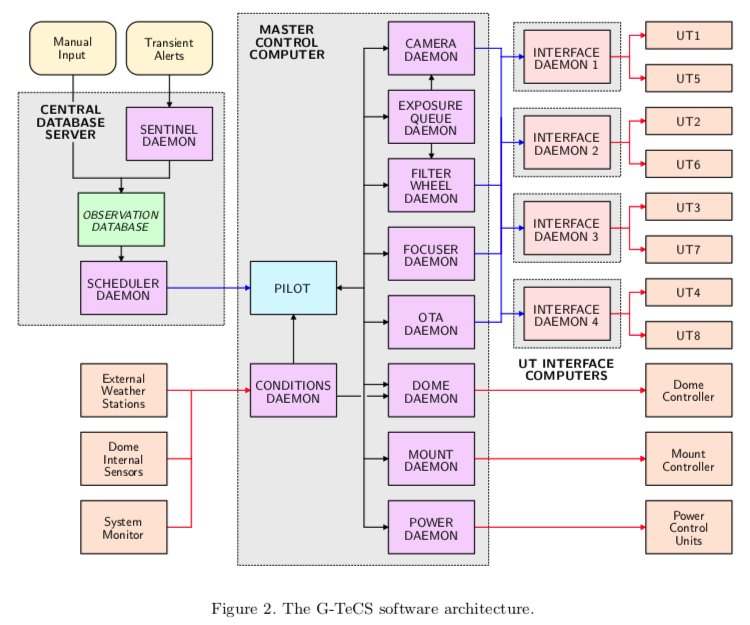 This week GOTO postdoctoral
researcher and control system guru
Martin Dyer presented two papers
at the (virtual)
SPIE Astronomical Telescopes + Instumentation 2020
meeting.
Like many 2020 meetings, this one had a challenging path to actually
occurring, moving twice
(from to Japan to California) and finally to the fully online format.
This week GOTO postdoctoral
researcher and control system guru
Martin Dyer presented two papers
at the (virtual)
SPIE Astronomical Telescopes + Instumentation 2020
meeting.
Like many 2020 meetings, this one had a challenging path to actually
occurring, moving twice
(from to Japan to California) and finally to the fully online format.
Martin's first paper offers a brief summary of the project, describing the hardware, software and future plans including the new "GOTO-South" node to be constructed at Siding Spring Observatory, NSW. The second paper describes development of the "G-TeCS" control system, which was much of Martin's thesis project, and serves as the critical "nervous system" of the facility, without which we could not operate.


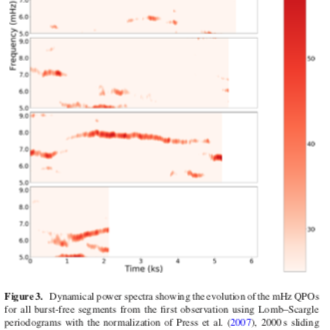 Millihertz quasi-periodic oscillations (mHz QPOs) observed in neutron-star
low-mass X-ray binaries are generally thought to arise from
"marginally stable" thermonuclear burning, at the upper limit of
accretion rates where
Millihertz quasi-periodic oscillations (mHz QPOs) observed in neutron-star
low-mass X-ray binaries are generally thought to arise from
"marginally stable" thermonuclear burning, at the upper limit of
accretion rates where
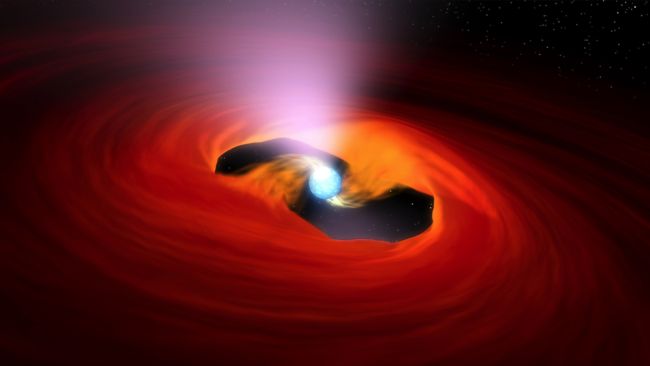 SAX J1808.4—3658 is the first accretion-powered millisecond pulsar
ever discovered, and still one of the best-studied, thanks to a quasi-regular
series of outbursts since 1996.
Based on the regularity of the outbursts, I'd predicted that it would return
to activity in 2019 May. This prediction was a bit off, as it turned
out, since we didn't hear a peep out of it until late July in the same year.
Even so, thanks to the prediction and a series of optical and X-ray
observations led by Monash PhD student Adelle Goodwin, we gathered data giving
a view of the outburst onset of unprecedented detail.
SAX J1808.4—3658 is the first accretion-powered millisecond pulsar
ever discovered, and still one of the best-studied, thanks to a quasi-regular
series of outbursts since 1996.
Based on the regularity of the outbursts, I'd predicted that it would return
to activity in 2019 May. This prediction was a bit off, as it turned
out, since we didn't hear a peep out of it until late July in the same year.
Even so, thanks to the prediction and a series of optical and X-ray
observations led by Monash PhD student Adelle Goodwin, we gathered data giving
a view of the outburst onset of unprecedented detail. 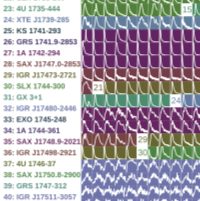 In late February we submitted the paper describing data release 1 (DR1) of the
In late February we submitted the paper describing data release 1 (DR1) of the
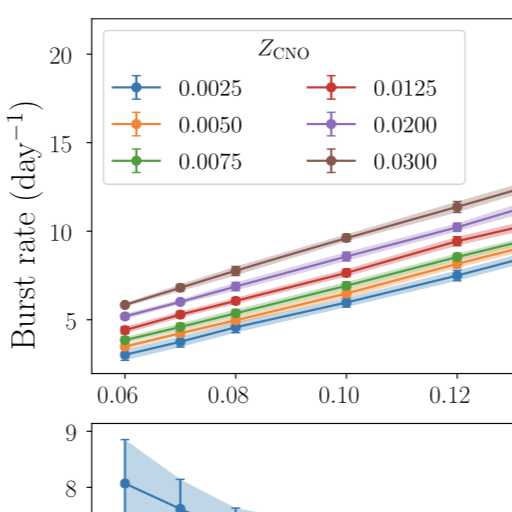 The "Clocked burster", GS 1826—238 is one of the best studied burst
sources, due to it's (
The "Clocked burster", GS 1826—238 is one of the best studied burst
sources, due to it's (

